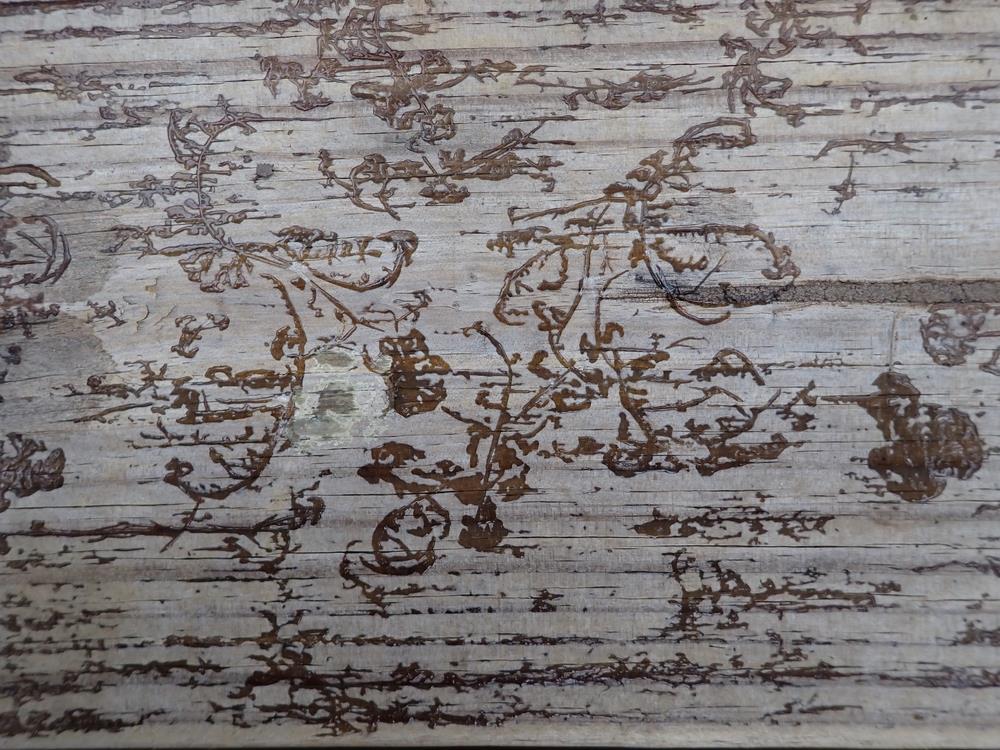Thoughts from the Trail: Magnolia Primitive Camp
Posted By:
Karl Van Scyoc
Posted On: 2025-11-24T15:00:00Z
THOUGHTS FROM THE TRAIL: MAGNOLIA PRIMITIVE CAMP
As we approach Thanksgiving, I thought that another collection of trail logbook entries would be in order. We received any comments back from hikers and trail enthusiasts regarding our previous articles related to primitive camp logbooks. Each primitive camp has a box with a notebook intended to be a record of thoughts and views of hikers passing through. Some entries are silly; some express wonder or amazement; some capture encouragement; a few express frustrations about their trip; but most show an appreciation of the trail and the forest in some way. I think everyone can connect with some of the views expressed. Most of the logbooks are approaching 10 years old, and they are getting weathered. Our trail stewards are replenishing the logbooks, and when the older weathered logbooks are retrieved, we skim them and capture a selection of hiker entries.
This particular collection was extracted from the Magnolia Primitive Camp logbook and reflects a selection of logbook entries from February 2017 through October 2024. Approximately 78 thru-hikers provided an entry and the most faraway hiker shown was from Maine. Other out-of-state hikers included Oklahoma and Kansas. Many hikers came from outside of the Houston area.
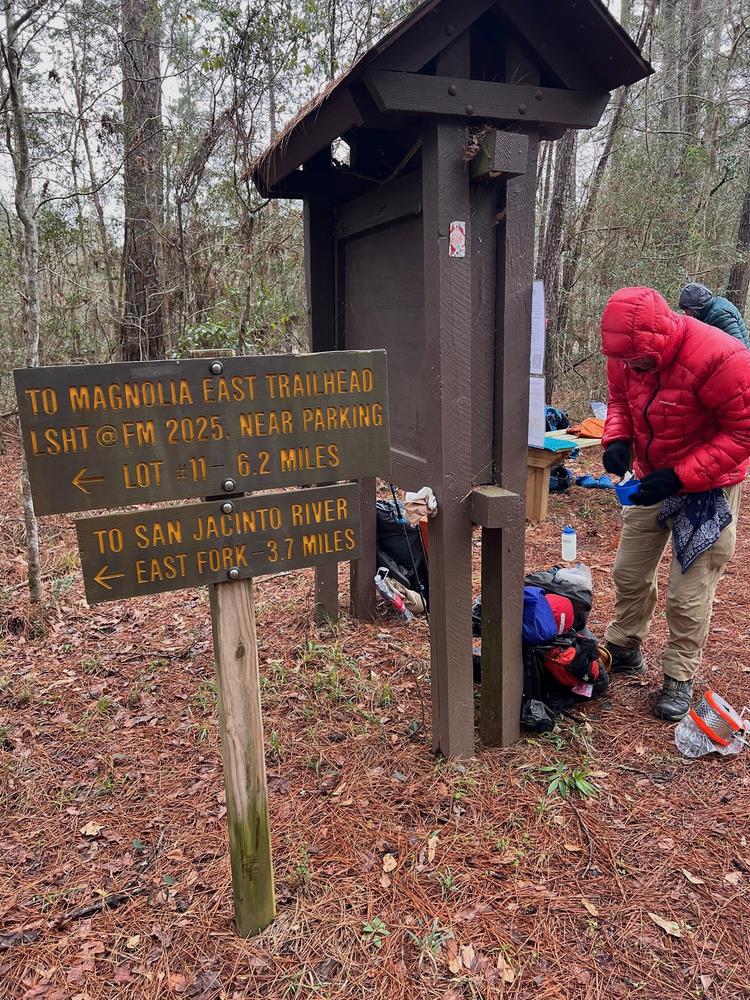
The Magnolia Primitive camp is East of Trailhead #10. It’s quite an oasis for hikers going either direction. Westbound hikers will have crossed the East Fork of the San Jacinto River just a few miles back. The bridge washed out years ago, and weather roulette has hikers wading through water, scooting over fallen trees, or walking the 5-mile bypass. Many opinions were captured about that crossing. Eastbound hikers will have just passed through the longest road-walk on the trail system: 5 miles. It was no surprise that numerous entries were related to the road-walk experience. The Magnolia camp is a wonderfully peaceful place after enduring 70 mph traffic whizzing by just feet away.

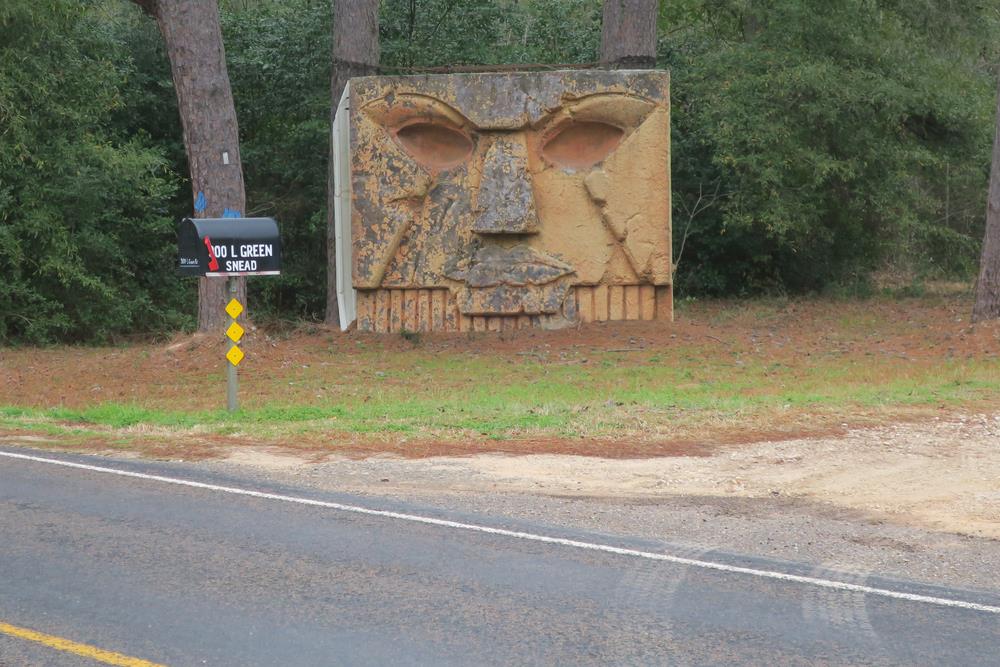
As I read these logbook entries, I was astounded by the variety of hikers and their objective on the trail. There were many seasoned thru-hikers that have previously hiked some of the nation’s longest hiking trails; many day hikers were out just enjoying a walk in the forest; trail runners stopped running to capture thoughts; a couple geocachers paused for a snack; scout troops honed their skills; couples strolled through the magnolias, young families introduced children to love of the forest; several recovering individuals were glad to be in the woods; and folks who had never been on the LSHT got their first experience in one of the most peaceful and interesting sections of the trail. We hope you enjoy this collection from the Magnolia Primitive Camp. Photos in this blog are from hikes between TH10 and TH11 or on the approach to it.
ENCOURAGEMENT and INSPIRATION
- Injured on first attempt to finish East Half. Came back to finish what I started!
- Heading westbound to finish what we started a year ago. Beautiful hike so far. Really wish there was a bridge at San Jacinto but ropes were helpful. Left a little trail magic in the box here in case you are tired of smelling yourself. Happy hiking all!
- Just me and the dog. Our first ever backpacking trip. Lived in Houston my while life, and this is my first time at Sam Houston National Forest. Happy travels!
- Camping here on night 4 of my LSHT through hike. Getting close to done. That road walk was murder. Looks like I’ve got the place all to myself tonight.
- Nice camp for the night. The fireflies were amazing. Enjoyed the camp Sitting around the campfire sharing stories with fellow hikers is great. Heading to double Lake.
- Stayed a cold and rainy night last night. Glad to see the sun this morning! Today, I’ve been on the trail a week! See you soon, Winters Bayou.
- If you believe you need more time, in nature, you probably do. Get lost often!
- Great to hike again after 2 years. Love the campsite. Hope the rain isn’t too bad.
- Day 1 overnighter stay in vicinity for intended 3-day forest meditation practice. Discovered Magnolia 1 year & 5 months ago and it was “love at first sight”!!.
- 2 hikers doing whole trail thru hike west to east. Day 5 so far and loving it! We’ve had such a good time we decided we are going to make a video on YouTube about it.
- Just dayhiking. Been here before but didn’t check out the campsite. I want to come back with my tent!
- Just taking a break. Onward and upward we go!! Double Lake here we come!!
- Hikers training for better things. Love this trail!
- Lunch here. 33 degrees and wet. Gonna be cold tonight. Better keep moving.
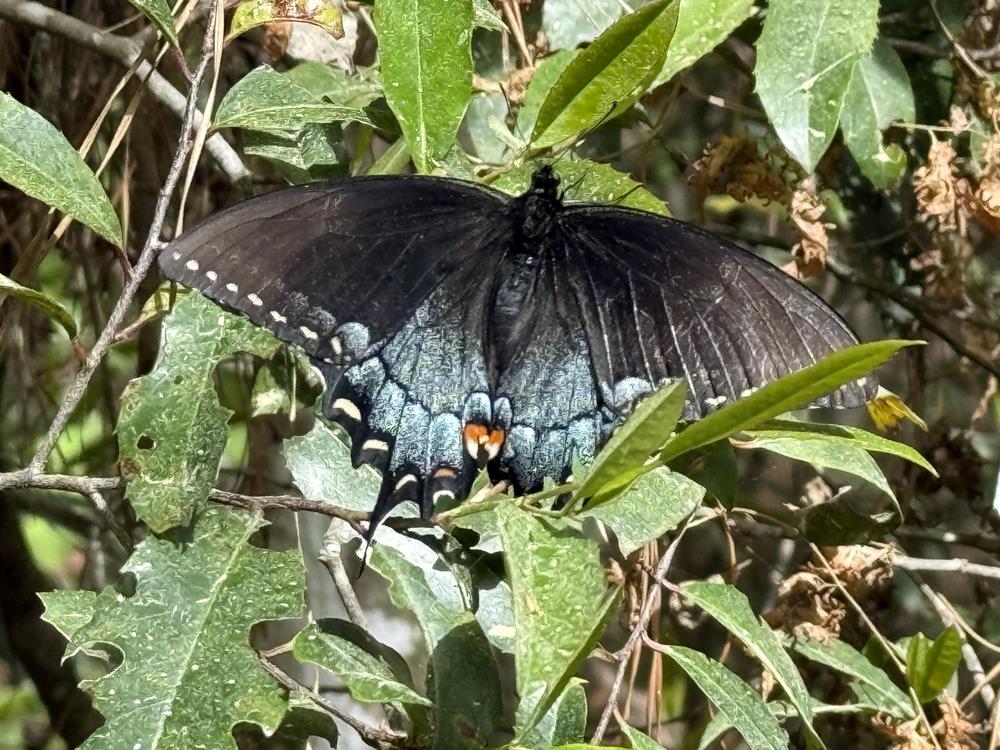
LEARNINGS
- Section hiking from Trailhead #8 to #15. You can tell I ain’t from Texas, because I am doing this in July. Cut my teeth on the hills of Rocksylvania. That 5 miles of road walking was hot!. Looking forward to the river crossing and a cold shower at Double Lake.
- Fit packing group of 6. In for the night. Day 4 of 7. The San Jacinto is slippery and deep.
- The trip with my friend has been a spiritual one. I became one with the San Jacinto River! Because I freekin’ fell in it. Otherwise, having a whole lot of fun.
- My 10 year-old son and I are out for an overnight. Hike to the river and back. Some water on the trail after mile 70. Some light rain, just enough to get everything wet. Too wet for a fire. Likely going to head out instead of the overnight…you know, since we have set up camp. LOL. Loving this time with my son. I’m loving the time here.
- We have three in our party. We set out to do most of the Lone Star trail, but ended up cutting it short due to blisters and lack of preparation. Happy trails.
- Saw (5) five moccasins in stump to right of trail. Be careful.
- Thru-hiking. One of the nicest I’ve come across. Maybe because it was my first dry day in 4 days.
- Thru hike westbound. Stayed here after Day 2. Got halfway into the San Jacinto before turning around and taking the detour. Made for a long day.
- I’d like to share my condolences to anyone who also had to come from the footbridge over the East Fork of the San Jacinto River. We saw it after about a mile of bushwacking down the river. By “See it” more of we saw pieces of it scattered for the replacement left was two unstable ropes. Was not in the mood to wade…the bridge broke over 10 years ago…when ya gonna fix that? Much love from two wet, tired, but adamant backpackers.
- It’s been one heck of a day. Started our west bound thru-hike of the Lonestar this morning at 3am. I have no idea what we would have done without using the water caches we set in place the following night. Cool scenery, sweet company and aching bones.
- Hiked the trail all the way to Magnolia campsite. Lot of gear in tow. Made a fire and spent the night. Next day it started to rain heavy. Everything is soakin’ wet…must leave…so wet…no fire to dry…
OFFBEAT PERSPECTIVES
- Last long day of through hike (Day 5). Mile markers are about 20% longer than miles on Strava and it’s killing us! Hahahaha!. Nice camp.
- Where are chairs and a table, like in other campsites?
- Can someone delete the mosquitos?
- Great camping. Too many mosquitos. Day 6 of thru-hiking the LSHT.
- Day 9 of 11 of thru-hike heading eastbound. Made camp here last night. Built a fire and enjoyed a pleasant evening. Saw a few fireflies and heard a murder of crows in the distance. Possibly a crow funeral
- We made it to camp after a long hike out of the woods. We walked through the burn two weeks ago and now I think the fire’s between my legs. That’s right, I’ve got the road rash, and miles to go before we’re home—miles to go until we’re home. Into the woods. Into the woods. Into the woods. Into the woods. Don’t forget to love yourself, and you should take off your shoes, lean against a tree, take in the sun and rest until morning.
- Creepiest camp site ever!
- Spent night here. Not so creepy. Full moon.
- Campsite was clean and roomy. Could hear gunshots during the night that didn’t sound like hunting. The hunt for sasquatch continues.
- Just out for a jiggety-jog.
- My back hurts and my knees and my mom can’t keep up!
- Great day of social distancing.
- Two old souls just passing through. Wishing you good health and happy hiking. Watch out for the inch-worms!
- A very tired Haiku by Squarepeg:
Very long road walk
By the beautiful horses,
Ponies and dogs too!
GRATEFULNESS
- First thru-hike on the LSHT. Started on the East Side (thinking I should’ve left my heavy boots at home). Texas has been a lifesaver! 2nd night @ primitives. Very cozy accommodations. Thank you!
- Just passing through eastbound thru hike of LSHT. Nice site—too bad it ain’t time to stop yet!
- Troop 89-Woodands, TX. Great time had by all. Thankful for this awesome campsite. First of many hikes training for Philmont.
- Just passing by. Looked for candy, but there was none. Thank you for maintaining the trail.
- Stayed here on my thru hike. Using water tonight from church (thanks to the Evergreen Baptist Church). Trail is pretty nice. Very soft tread and very flat. Hot and humid at times, but a nice breeze was welcome. Thanks to trail builders and volunteers.
- Troop 1550, Spring, TX. Started @ double lake recreation area. Great day, trails in really good shape. Use a fallen log 200 yards south of the old crossing to get across the San Jac. Cool nights (low 30s) pretty days (in the 50s). Thanks for keeping the trails up. We love LSHT.
- This is an awesome campsite. Love the breeze.
- From Kansas. LSHT was worth it to explore. Thank you.
- Thru-hiking WEBO. Nice spot and happy to be here! Heard some wild hogs super close to our tent last night. Our pup Malta the dachshund is a champ!
- These hiker camps are awesome! Day 2 of Westbound Thru-Hike. The hiking community is awesome. P.S. My dogs are barking and so are the neighbors!
- TH10-TH13 got in to camp at 7:30 or so, heading to Double Lake today. Great weather. Heard coyotes a few times last night. Thanks for keeping a great site!
- Troop 1922 hikers training for Philmont High Adventure Camp on 7/18. Great job keeping this trail neat!!. 4 adults; 6 kids with us. Will be our honor to help keep this trail in shape! Blessings to all!
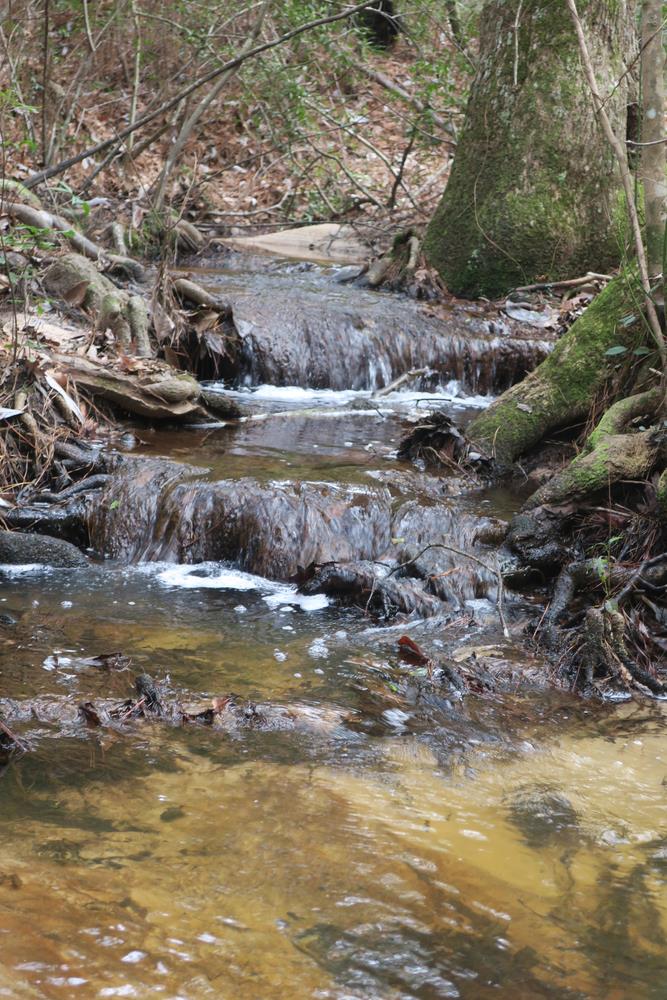
APPRECIATION OF THE FOREST
- Most primitive overnight stay EVER. Looks great by MOONLIGHT!!
- Out on a couple’s hike. Enjoying a beautiful day!
- Out for a daddy-daughter walk. Great site!
- Day hike from TH10 to TH11. Love this campsite! Love these trails.
- Feet are tired by spirits are high! We are through hiking east bound. Hope to finish in 2-3 days. Love the magnolias!
- Camping for a night with my dogs. Grabbed a few geocaches while here.
- My 30th birthday hiking with all 7 of our kids ages 12, 11, 11, 9, 6,4. It’s HOT!!
- Taking my son to his first hike-in camp. Great site. Well maintained.
- Sean and Jen make their first fire.
- Overnight stay. Cold but no bugs. Gorgeous full moon. Deer are rutting, dogs are barking, birds chirping…It’s a wonderful world….trail.
- Family of 4 just passing through. Loving the trail.
- What a beautiful forest!
- Great campsite! Went on a trail run this morn—worth it. We’ll be back!
- Checking in. Remapping the trail with Karen Borski Somers for guidebook update!
- We have 3 in our party. We are hiking ½ of the LSHT in 5 days. We started at TH8 MM45. This our 2nd night on the trail. Nice hiking through Big Woods today. Nice camp site.
- Lots of spider nets on trail. Great hike; saw a frog and fungi. Lots of birds. No other hikers on trail!! Great experience.
- Did a day hike and camped for the first time as a family. Have Fun. Be careful.
- Here, first time, hiking with my lovely wife. Wonderful trail.
- Happy new year!
